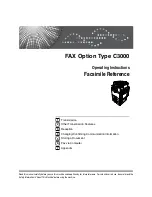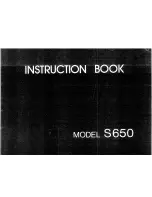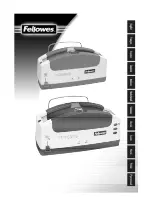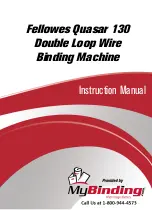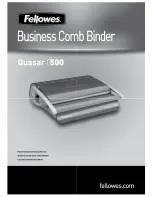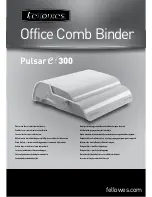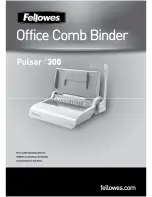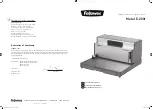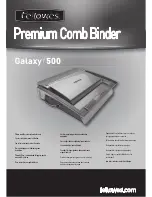
15
O
P
E
R
A
T
I
N
G
M
A
N
U
A
L
GB
It is recommended to apply at work the lowest possible pressure, which will save energy, reduce noise, reduce tool wear and
increase work safety.
Removing jammed fasteners
(YT-09202, YT-09203)
Disconnect the tool from the compressed air supply system. Disconnect the tool connector from the hose quick coupler supplying
the compressed air.
If possible, remove the remaining nails from the magazine.
Open the front cover latch of the tool and the cover itself (VII).
Remove nails or parts of nails that have caused jamming.
Close the top cover using the latch.
Proceed with connecting the tool to pneumatic system.
(YT-09211)
Press the tool in the nailing area and pull the trigger (VI).
The fastener nailing depth can be adjusted using the knob.
Note! Before the adjustment, disconnect the product from the compressed air supply system.
The knob should be pulled back towards the outlet of fasteners and holding it in this position, turn. Turning the knob in a clockwise
direction reduces the nailing depth, and turning in the opposite direction increases the nailing depth. Turning it by 1/4 turn changes
the depth of nailing by approx. 0.25 mm.
The nailer has an adjustable guide that facilitates the fi xing of roof shingles.
The guide is fi xed with a screw (VII). The guide allows nailing fasteners at fi xed spacing from the shingle edges. When dragging
a nailer along shingles, this should be done „against the grain”, the guide rests against the shingle and allows the fastener to be
nailed always at an equal spacing from the shingle edge.
If the fasteners are jammed, disconnect the tool from the compressed air supply. Disconnect the tool connector from the hose
quick coupler supplying the compressed air. Then open both covers as in the case of fi lling the magazine and remove the jammed
fasteners.
MAINTENANCE
Never use petrol, solvents or other infl ammable liquids to clean the tool. The fumes may ignite and cause an explosion of the tool
and serious injuries. Solvents used to clean the handle of the tool and its body may cause softening of the sealing. Dry the tool
thoroughly before the work is commenced.
In case of any irregularities in the operation of the tool, it must be immediately disconnected from the pneumatic system.
All the elements of the pneumatic system must be protected from contamination. The contamination in the pneumatic system may
damage the tool and other elements of the pneumatic system.
Maintenance of the tool before each use
Disconnect the tool from the pneumatic tool.
Before each use, it is necessary to place a small amount of maintenance liquid (e.g. WD-40) in the air inlet.
Connect the tool to the pneumatic system and set it in motion for approximately 30 seconds in order to distribute the maintenance
liquid inside the tool and clean it.
Disconnect the tool from the pneumatic tool again.
Place a small quantity of SAE 10 oil inside the tool through the air inlet and special holes. It is recommended to use SAE 10 oil
designed for maintenance of pneumatic tools. Connect the tool and set it in motion for a while.
Attention! WD-40 may not be used as the proper lubricating oil.
Wipe off the excess of oil which comes out of the outlet openings. The remaining oil may damage the sealing of the device.
Other maintenance actions
Before each use of the tool, it is necessary to check whether there are any signs of damage of the tool. Drivers, tool holders and
spindles must be kept clean.
Every six months or after 100 hours of operation, the device must be revised by qualifi ed personnel in a repair shop. If the tool has
been used without the recommended air supply system, then it is necessary to increase the frequency of such controls.
Repairs
Operation of the machine must be interrupted immediately if any defects have been detected. Work with a defective machine may
cause injuries. All repairs or replacements of the elements of the tool must be realised by qualifi ed personnel in an authorised
repair shop.

















